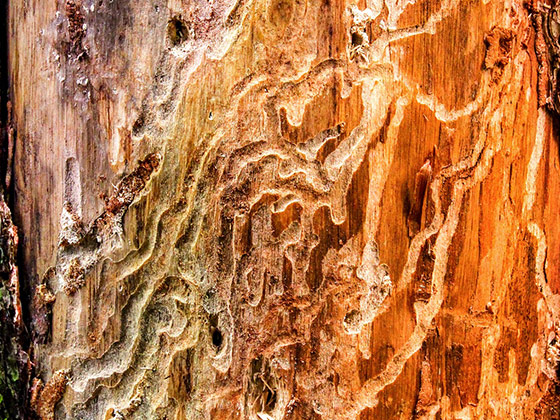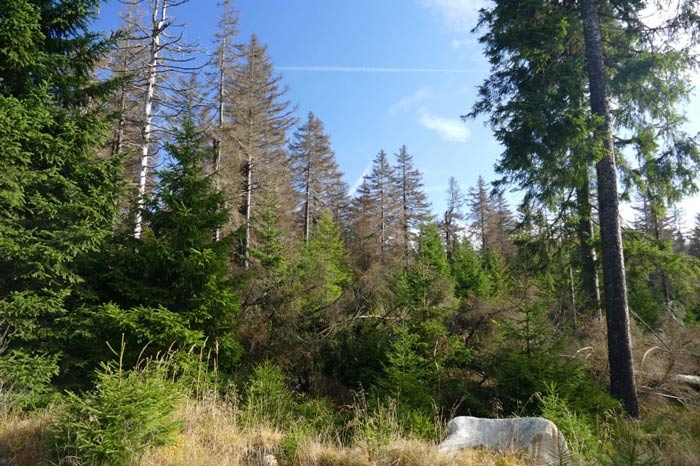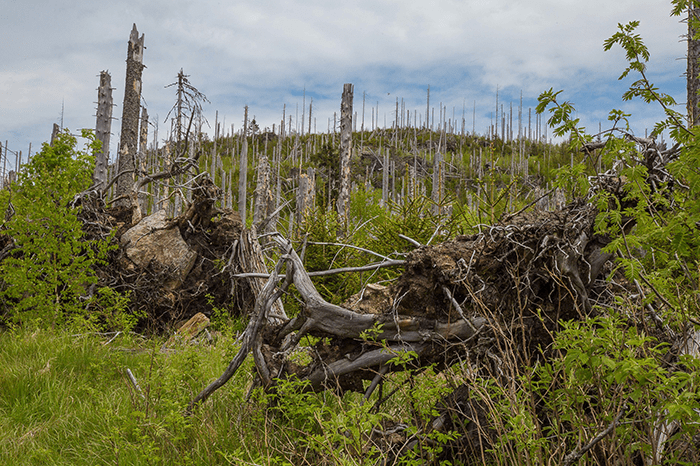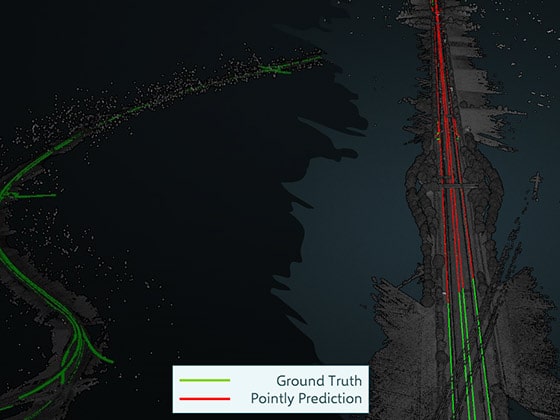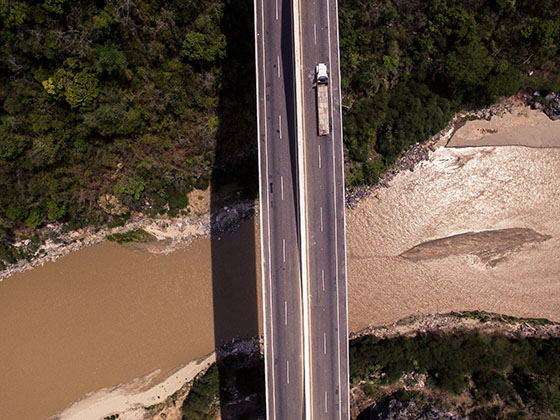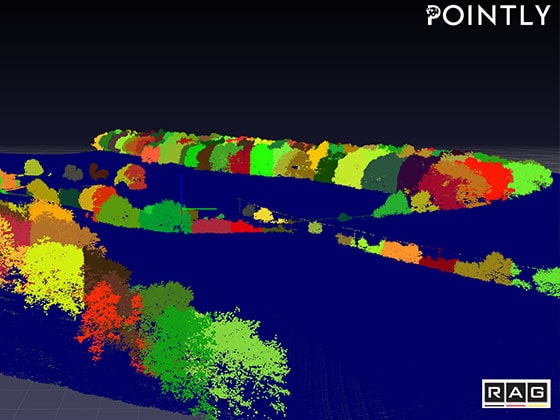Detection of Bark Beetle Infestation with ArcGIS Pro
a Supper & Supper Use Case
Category
→ GEO AI
Deep Learning Object Detection
Technologies
Fast RCNN architecture
Python module arcgis.learn
Deep learning
Download
Social Sharing
Other Use Cases in this category
The automated generation of CAD models from 3D highway Use Case lesen
The automatic detection of different trucks in orthophotos with Use Case lesen
The automated conduction of a forest inventory Use Case lesen
